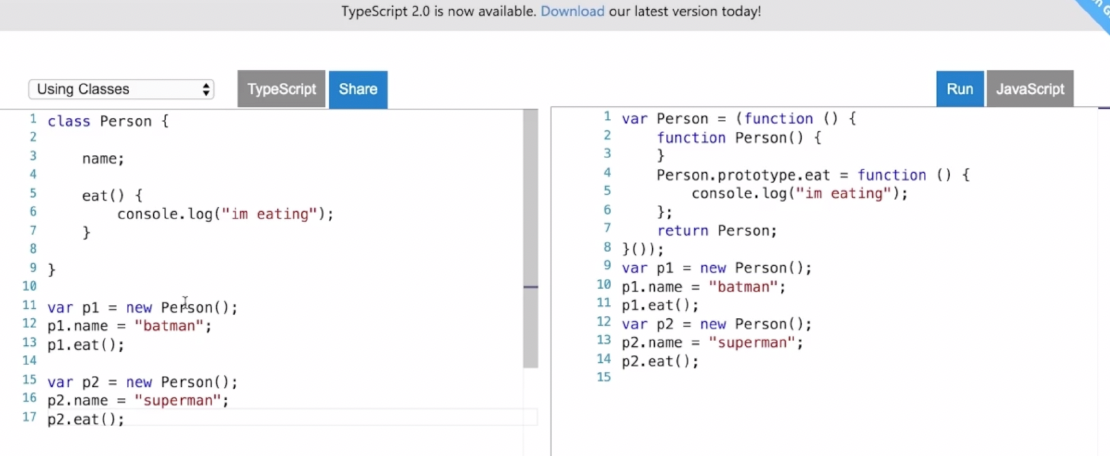

In order to investigate performance issues, CPU profiling is often useful. In order to debug some Angular CLI behaviour using Visual Studio Code, you can run npm run build, and then use a launch configuration like the following:įor more informations about Node.js debugging in VS Code, see the related VS Code Documentation. You will need to re-run npm link to re-link the development Angular CLI environment after tests finish. tests/legacy-cli/run_e2e tests/legacy-cli/e2e/tests/build/dev-build.ts).Īs part of the test procedure, all packages will be built and linked. It can also receive a filename to only run that test (e.g. To run the Angular CLI E2E test suite, use the node. Please read the official npm-link documentationĪnd the npm-link cheatsheet for more information. You can also use ng new foo -link-cli to automatically link the package. The folder you cloned it into, npm's folder where it stores global packages and the Angular CLI project you just created.

Now the angular-cli you cloned before is in three places: Npm link symlinks the global package to the local package. The local from the project which was fetched remotely from npm. Npm link is needed because by default the globally installed just loads

It should be done due to changing of package's name and scope from angular-cli to new foo If you're using Angular CLI 1.0.0-beta.28 or less, you need to uninstall angular-cli package. This should add the new component, directive or pipe reference to the new-module you've created.

You can find all possible blueprints in the table below: ScaffoldĪngular-cli will add reference to components, directives and pipes automatically in the. # and your component will be generated in src/app/feature/new-cmp # your component will be generated in src/app/newer-cmp # if in the directory src/app you can also run # your component will be generated in src/app/feature/new-cmp # but if you were to run Ng g component my-new-component # using the alias # components support relative path generation # if in the directory src/app/feature/ and you run


 0 kommentar(er)
0 kommentar(er)
